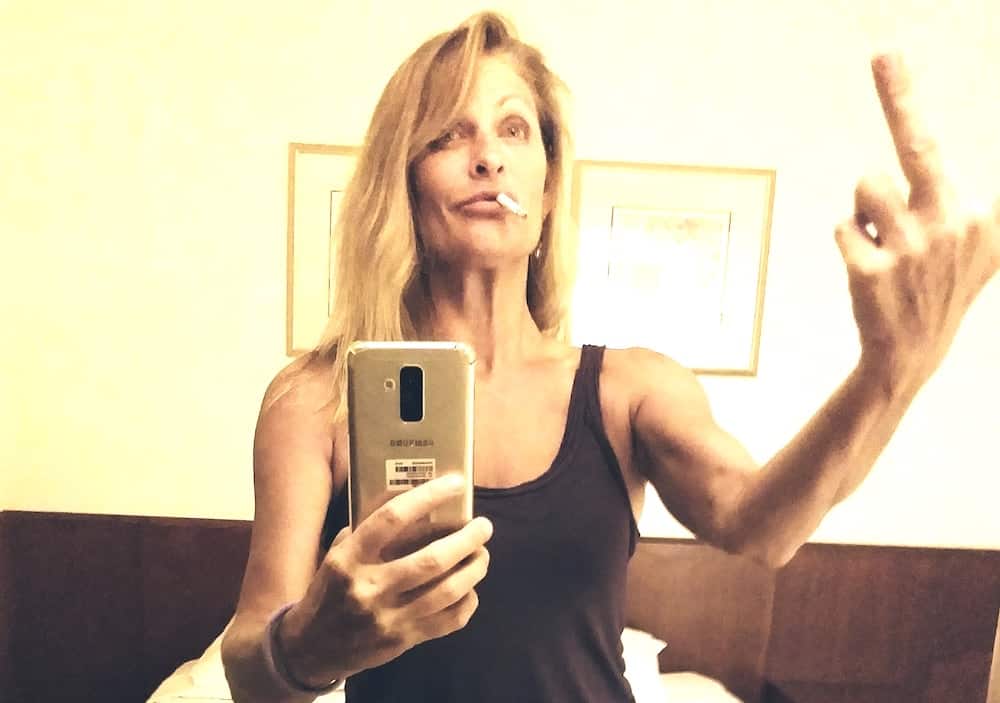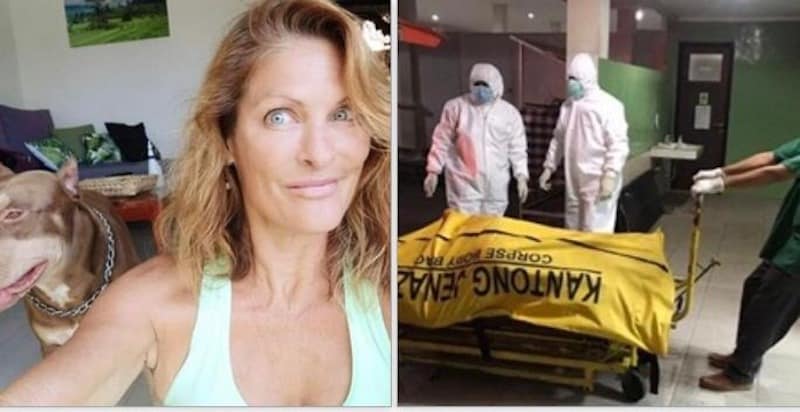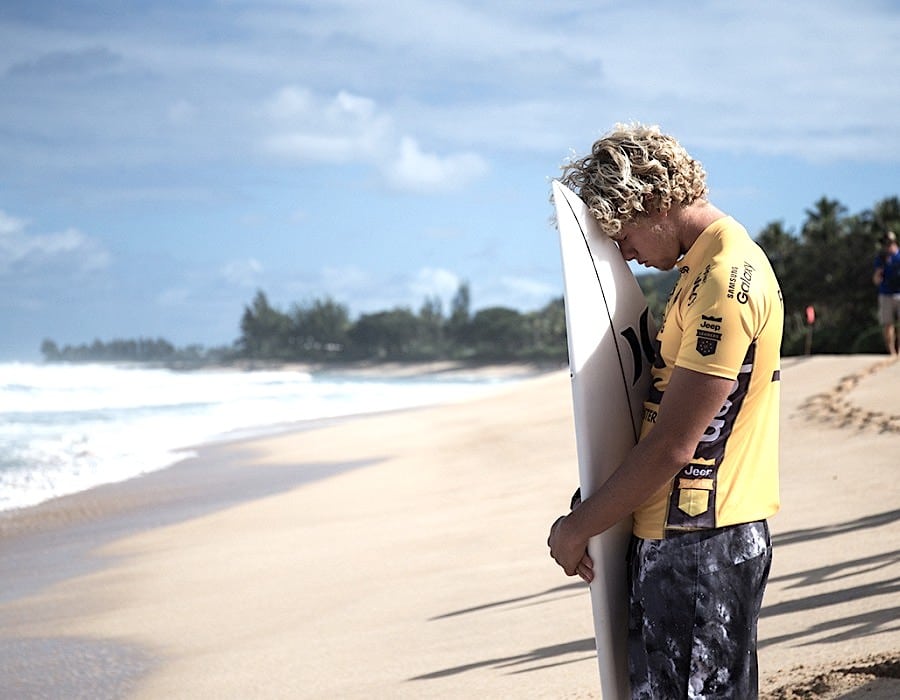A bombshell in every sense of the word.
Mara Wolford, who died last week in her rented house in Bali, was an extraordinary person — a bombshell in every sense of the word.
Highly intelligent, multi-lingual, often generous almost to a fault, seemingly capable of mastering any skill she chose, she was also a hairball risk-taker, someone for whom it seemed a worthwhile life had, from time to time, to be held in the balance.
Unlike most risk-takers, she was also laceratingly self-aware, naming her online story showcase “marastrophe” — a typically sharp play on two things at once: the language (apostrophe) and her occasionally catastrophic self.
Mara was born April 11, 1969, and raised in San Jose, California.
Her father Dean was a programmer and technical writing manager at IBM, her mother Sandra an executive secretary in the fledgling tech industry. She had two half-sisters, Claire and Andrea, from her parents’ earlier marriages. Dean and Sandra eventually added a fourth child, Mara’s younger sister Brenna.
At 16 she went to the North Shore of Oahu, and was instantly known to everyone she came across. Mara was hard to avoid. She wasn’t just gorgeous, she was more or less irrepressible. If she decided she wanted to get to know someone, she’d just bowl straight up to the person — almost always a man — and fix that person with her glowing blue eyes, saying some version of “Hi! What’s going on? Let’s go surf!”
Mara’s brain took her to UC Santa Cruz, where she earned a degree in social anthropology. The subject of her thesis — surfing as a community — might tell you more about where she was really heading.
At 16 she went to the North Shore of Oahu, and was instantly known to everyone she came across. Mara was hard to avoid. She wasn’t just gorgeous, she was more or less irrepressible. If she decided she wanted to get to know someone, she’d just bowl straight up to the person — almost always a man — and fix that person with her glowing blue eyes, saying some version of “Hi! What’s going on? Let’s go surf!”
Her surfing was about two parts skill and ten parts bravado. When you surfed with her at big Sunset Beach, you soon learned not to worry about this skinny blonde maniac who looked as if she’d snap in half in a strong wind, but took insane wipeouts and came up laughing.
She travelled the world with Australian pro Bryce Ellis for several years, before meeting and marrying the Swiss tennis star Jacob Hlasek. Later after the marriage failed, she married Frenchman Eric Mathieu, with whom she lived in Chamonix, and had a son, Joson, in 2004.
Eventually the marriage to Eric collapsed, and Mara left Chamonix to live most of the year in Indonesia, travelling to Santa Cruz at least once a year to work and to see old friends. She was renowned for her green thumb, and became involved with the Californian medical marijuana industry in its earliest days.
She also spent a lot of time on Nias, where she surfed Lagundri in its many moods, with the ragged-edge chargers who frequented the joint on its famed big swell days. Her son Joson would visit each year from France, living what seemed like a sort of Indo Huck Finn life of spearfishing, surfing and mucking around with friends; she nicknamed him Zuzu, then shortened it to Zu. At some point Zu took his nickname into his own hands, as Mara gleefully related to her friends: “He says, ‘From now on I think I would like to be called Zeus.’”
During this time Mara turned her hand to writing, at which she was formidably skilled. She wrote about her time with Bryce, about a terrible skiing accident in Chamonix which led to plastic surgery, and about much else, including a wrenching childhood experience during which she almost drowns in the presence of her father, Dean.
Her writing shone with both her intellect and with the power of lived experience, like this paragraph from a piece named “Two Wave Hold-Down”, in the magazine White Horses: “There’s no tension on my leash, but it hasn’t snapped. I open my eyes to see the board fluttering alongside me, six metres under. I don’t know what to make of that. I reach nineteen-one-thousand. It’s a 21-second interval swell, so I know the next bitch is bound to be right on top of me. Just then I feel the implosion and look up to see the next wave roll over me. I realise how utterly alone I am.”
Mara lived feminism at its most ferocious, but she was very much a libertarian. She castigated a later generation of women surfers for what she considered a victim mentality in the face of male bullying, something that would have been anathema to her.
She hated weakness, yet in recent years, events had begun to wear on her. She barely survived a “roofie” doping in Canggu, Joson’s best friend in Nias died untimely at 15, and she was accused by her Bali neighbours of carrying out a pogrom against the local cat population, aided by her beloved dog — an accusation she confronted typically, head-on.
In the past few months, according to friends, she’d given up surfing, saying, “There’s so many Russians out there now”.
Perhaps, like a lot of glory-days hell-surfers, she felt the magic slipping away.
Right now, how she died remains a minor mystery. The house she was renting has been locked down by the police, and an autopsy will be performed in order to reveal the cause of death.
She leaves father Dean, sister Brenna, half-sisters Claire and Andrea, and Joson. Her mother, Sandra, died in 2008.
Read some of Mara’s work here.






